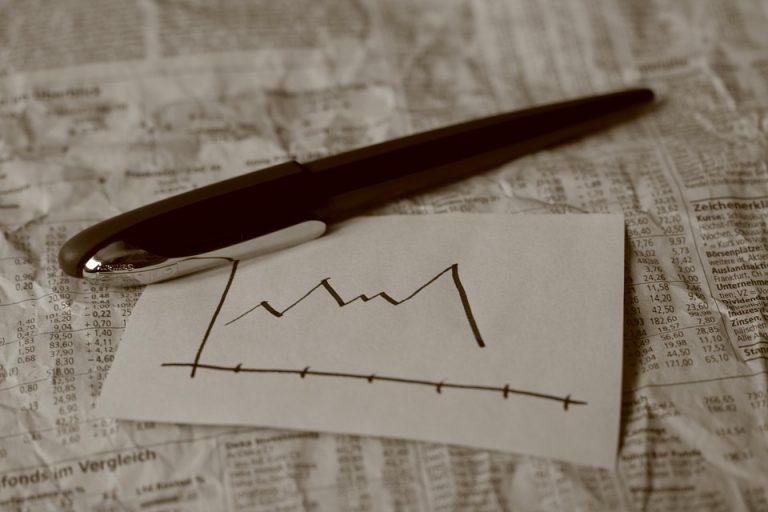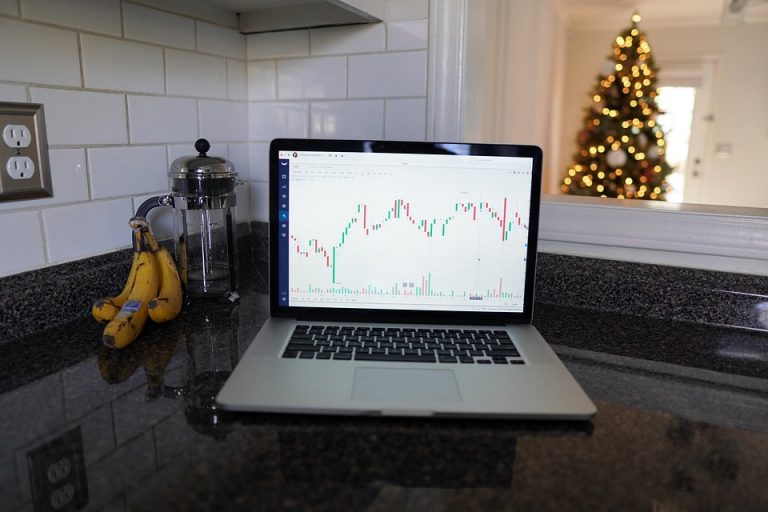Trading signal systems are your compass in the chaotic world of financial markets. They guide you through the noise, helping you make informed decisions that can significantly boost your profits. If you’re tired of guesswork and are ready to embrace a methodical approach, you’re in the right place.
Contents
What Are Trading Signal Systems?
Trading signal systems are tools designed to help investors identify potential market opportunities. They analyze data, trends, and market movements to generate signals that suggest when to buy or sell a particular asset. The significance of these systems lies in their ability to streamline your trading strategy. Instead of relying on hunches or outdated methods, you can leverage accurate, real-time data to make smarter decisions.
Why does this matter to you? Because informed trading leads to better profits. If you want to enhance your trading game and increase your bottom line, these systems are a must.
1. Moving Average Convergence Divergence (MACD)
What It Is
The MACD is one of the most popular trading indicators. It consists of two moving averages that help traders identify momentum, trend direction, and potential reversals.
How It Works
- Signal Line: When the MACD crosses above this line, it may indicate a buy signal.
- Divergence: If the price is moving in one direction while the MACD moves in another, it could signify a trend reversal.
Why Use MACD?
This system provides clarity. It helps you see through the fog of market volatility. Traders often find success by using MACD alongside other indicators, enhancing their trading strategies.
2. Relative Strength Index (RSI)
What It Is
The RSI is a momentum oscillator that measures the speed and change of price movements. Its range is from 0 to 100, with levels above 70 indicating overbought conditions and below 30 signaling oversold conditions.
How It Works
- Overbought/Oversold: Use the RSI to identify potential reversals. An RSI above 70 suggests it may be time to sell, while below 30 indicates a potential buy.
Why Use RSI?
This tool is particularly effective in choppy markets. It helps you catch potential reversals before they become apparent to the wider market.
3. Bollinger Bands
What It Is
Bollinger Bands consist of a middle band (a simple moving average) and two outer bands (standard deviations from the average). They provide insights into price volatility.
How It Works
- Price Touching Bands: When the price touches the upper band, it may indicate overbought conditions. Conversely, touching the lower band may signal oversold conditions.
Why Use Bollinger Bands?
They offer a visual representation of market volatility. This can be incredibly helpful in confirming other signals, ensuring you make well-rounded trading decisions.
4. Fibonacci Retracement
What It Is
Fibonacci retracement levels are horizontal lines that indicate support and resistance levels based on Fibonacci numbers. Traders often use them to predict potential reversal levels.
How It Works
- Retracement Levels: Key Fibonacci levels (23.6%, 38.2%, 50%, 61.8%, and 100%) guide traders on where to expect price reversals.
Why Use Fibonacci?
This system taps into natural patterns, offering a unique perspective on where the market might turn. It’s not just about numbers; it’s about understanding market psychology.
5. Ichimoku Cloud
What It Is
The Ichimoku Cloud is a comprehensive indicator that provides insights into support, resistance, momentum, and trend direction.
How It Works
- Cloud Formation: When the price is above the cloud, it suggests a bullish trend. When below, it indicates a bearish trend.
Why Use Ichimoku?
This system offers a holistic view of the market, making it easier to understand multiple factors influencing price movements.
6. Stochastic Oscillator
What It Is
The Stochastic Oscillator compares a particular closing price of an asset to a range of its prices over a specified time period. It’s a momentum indicator that helps identify overbought or oversold conditions.
How It Works
- Overbought/Oversold: Values above 80 indicate overbought conditions and below 20 suggest oversold conditions.
Why Use Stochastic?
This oscillator is simple yet effective. It helps you identify entry and exit points with precision, allowing you to capitalize on market movements.
7. Expert Trading Signal Services
What They Are
Expert trading signal services offer insights generated by experienced traders or sophisticated algorithms. They provide actionable signals—buy, sell, or hold—based on thorough analysis.
How It Works
- Subscription-Based: Many services require a subscription, offering daily or weekly trading signals.
Why Use Expert Signals?
If you’re short on time or expertise, these services can be invaluable. They take the guesswork out of trading, allowing you to focus on execution rather than analysis.
Bottom Line
Trading signal systems can be a game-changer for your trading strategy. Whether you prefer traditional indicators like MACD and RSI, or more complex systems like the Ichimoku Cloud, there’s a method that can enhance your trading experience.
Take the plunge. Explore these systems, find what resonates with you, and watch your profits soar. Remember, the key to success is informed decision-making.
Frequently Asked Questions
1. How do I choose the right trading signal system?
Start by assessing your trading style. Are you a day trader or a long-term investor? Choose a system that aligns with your goals and risk tolerance.
2. Can I use multiple trading signal systems together?
Absolutely! Many traders combine different systems to create a robust strategy. Just ensure they complement each other.
3. Are trading signal systems foolproof?
No system is perfect. Always use risk management techniques and be prepared for market volatility.
4. How often should I check my trading signals?
It depends on your trading style. Day traders may check signals multiple times a day, while long-term investors may check weekly or monthly.
5. Where can I find reputable trading signal services?
Look for services with transparent performance records and positive user reviews. Websites like Investopedia and TradingView are great places to start.
By investing time in understanding and applying these seven proven trading signal systems, you can take control of your trading journey and boost your profits like never before. Your financial future is waiting—embrace it!








